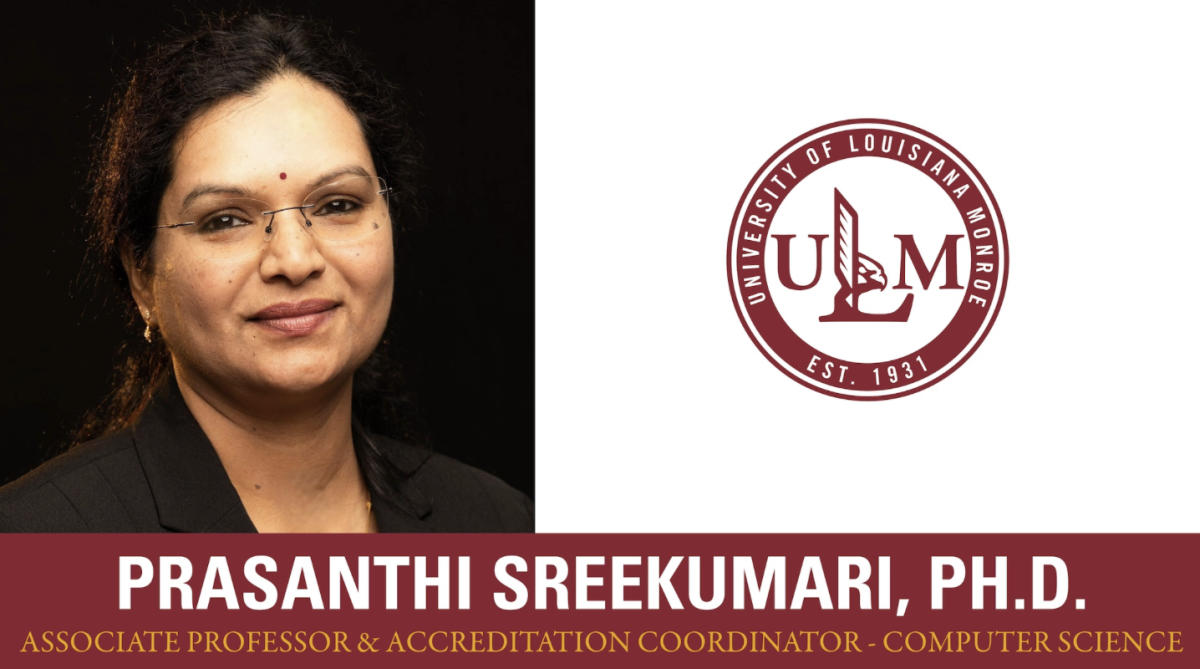No matter what major, every college student has to take those tough classes that keep them up late at night, make social lives disappear and require hours of studying, but which classes are the hardest?
According to many students, like Houston Bass, a junior mass communications major and former pre-nursing major, and Kistin Candy Clark, a freshman undeclared major, most of the hardest classes here at ULM come from courses in the science and math departments.
“The hardest class I ever took was Pathophysiology. And this was before I got into nursing school…,” said Bass.
Bass said the content of the classes was difficult enough, but the professors expected the students to understand the material like they were in a pre-professional program like pre-med.
He said the piling on of work and the combination of a lot of material in a short time made the class harder.
Gina Biglane, associate dean for the ULM College of Pharmacy, said she doesn’t think one class in the pharmacy department is harder than the others.
Biglane said students are used to only having a couple of demanding courses and that when they reach the higher levels, they’re not sure how to go forward.
“In general, no one course is particularly hard. It is the combination of courses, each with a large amount of material that must be covered,” Biglane said. “Those without good time management or study habits usually struggle the most.”
Along with Bass, Clark said Anatomy and Physiology, is the hardest class that she has taken in her college career.
While students may have opinions of the difficulty levels of many classes, the professors in charge of these classes and degree programs have some different ideas.
Sushma Krishnamurthy, biology professor and director of the School of Science, said that freshman level classes are usually the toughest for students to pass.
“Freshman biology and chemistry are known for their rigor for which many students are unprepared,” said Krishnamurthy.
Brent Strunk, mathematics program coordinator and associate professor of mathematics, said the upper level math courses are usually the hardest.
“Typically the most challenging Mathematics courses are found in the 3000 and 4000 level. These are junior and senior level courses that often require a working knowledge of proof techniques and material from previous courses,” Strunk said.
According to the professors, the challenge is figuring out how to prepare for these hard classes.
“Once students know how to prepare for their classes, they are ready for the challenge of advanced courses,” said Krishnamurthy.
Clark said she approaches hard classes with an open mind and tries her best to study hard and make the grade.
“I do get frustrated, but it’s just motivation to work harder, study more and try to get help from friends,” said Clark.
Bass also said that his hard classes take a lot of effort and take a lot of energy out of him.
“[Pathophysiology] took long hours of studying, a lack of social life, and to essentially disconnect from life to pass the tests. I stressed out for this one class more than I had ever before,” said Bass.
In the end, it’s all about studying the material, preparing yourself, staying diligent in the tough courses and making sure to work with your professors to make the good grade.




